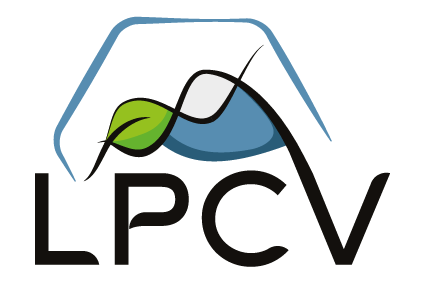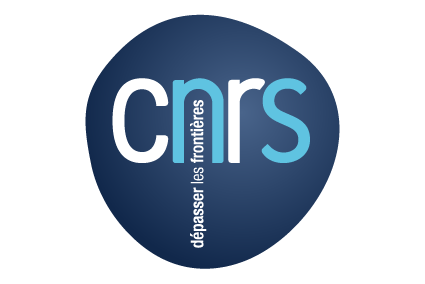
Research
Symbiosis between heterotrophic hosts and microalgae (photosymbiosis) is a widespread and ecologically important phenomenon in aquatic ecosystems. While knowledge of the diversity of symbiotic partners has improved in recent years, the underlying mechanisms and metabolic interactions remain poorly understood. We explore the metabolic basis of photosymbiosis on freshwater and marine unicellular models to understand the functioning of the partnership.
We aim at unveiling subcellular mechanisms that play a key role in the maintenance of the photosymbiosis. In combination with omics analyses (transcriptomics and metabolomics), we use different nanoscale imaging techniques, such as 3D electron microscopy and chemical imaging platforms (e.g. nanoSIMS and Synchrotron X-ray fluorescence) .
These imaging techniques allowed us to visualize the cellular architecture of the partners, the elemental and isotopic composition of symbioses at the subcellular level, and to quantify the assimilation and transfer of nutrients between partners in different experimental conditions. We are also interested in the free-living stage of the microalgae that we maintain in culture in the lab in order to assess the degree of host control over symbiont metabolism.












